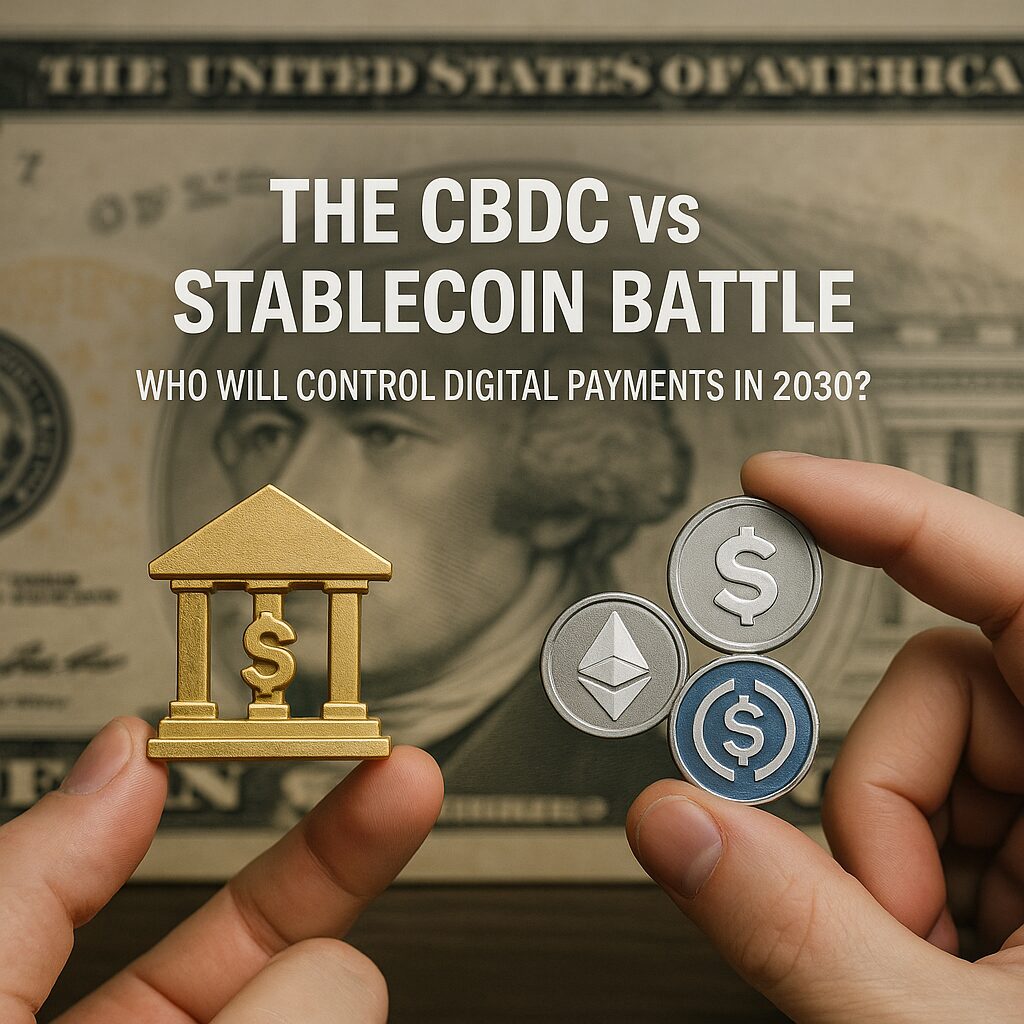Stablecoins have quietly become one of the most powerful financial tools of the digital age — yet most people still treat them like digital cash sitting idle in a wallet. That’s not just a missed opportunity; it’s a critical failure in capital allocation.
Whether you’re a remote worker saving income, an investor managing market risk, or a yield hunter looking for passive returns, stablecoins offer a way to build wealth without the chaos of volatile assets. But here’s the reality:
Holding stablecoins without strategy is like owning a warehouse and refusing to rent any of the space.
In 202X and beyond, the key advantage will not be who holds the most Bitcoin or Ethereum — it will be who knows how to extract stable, low-risk, compounding yield from stablecoins.
But this doesn’t mean jumping into every platform that promises double-digit APYs.
In fact, most “high-yield” stablecoin platforms either:
- Offer unsustainable token incentives,
- Lack basic risk controls or audits,
- Or simply lock up your funds in opaque, risky pools.
So what do smart investors actually do?
They go deeper. They stack strategies.
They allocate across DeFi, CeFi, arbitrage, staking, and private credit — but only in high-trust systems, backed by data, automation, and layered security.
This guide isn’t for beginners trying to figure out what a stablecoin is.
This is for high-level users who already understand USDC vs USDT, and are ready to engineer predictable digital income.
We’ll break down 5 elite-level strategies, each one tested by advanced investors and tailored to global flexibility. These are not theories. They’re live systems generating 6%–25% annual returns in USD equivalents — in real-time, right now.
But we won’t stop at “how to use them.”
We’ll show:
- When they work best
- What mistakes to avoid
- Which protocols or tools are most efficient
- And how to structure your capital stack for minimal drawdowns and maximal output
So if you’re here to finally take control of your stablecoins and turn them into an income-producing asset — not just a parking lot — then keep reading.
What you’re about to learn may shift how you manage digital money for the rest of your life.
[STRATEGY 1] Liquidity Pool Farming – Advanced Execution
Deep dive into:
- How stablecoin LPs differ from volatile pairs
- How to avoid impermanent loss in USDC/USDT pools
- Capital efficiency via range orders (Uniswap v3)
- Automated LP optimization tools: Gamma, Arrakis
- Real-world Curve-based stablecoin vaults
- Safety practices before depositing into any AMM
- Simulated yield curve on 12-month horizon
[STRATEGY 2] CeFi Lending – Regulated and Transparent Only
Covered:
- What CeFi platforms survived 2022 and why
- Difference between insured vs non-insured stablecoin lending
- How to check proof-of-reserve dashboards (e.g., Nexo, Ledn)
- When CeFi is safer than DeFi (in yield/risk ratio)
- How to structure weekly withdrawals to minimize lock-in risks
- Real-life risk mitigation checklist
[STRATEGY 3] Automated Yield Aggregators – Set It and Let It Compound
Includes:
- How platforms like Yearn auto-rotate vaults
- What smart contract audits to check before use
- How Beefy’s multichain optimizer works
- Security flags to avoid unaudited clones
- Gas optimization strategies
- Monthly compounding vs reward harvesting
- Comparative APY on DAI vaults (live example)
[STRATEGY 4] Cross-Chain Arbitrage – Stable Pair Delta Exploits
Advanced topics:
- Real arbitrage: USDT/USDC peg slippage on BNB vs Polygon
- How to monitor price spread using bots or price feeds
- How to avoid MEV front-running
- Bridging latency explained (Stargate, Synapse, Multichain)
- Bot config: alerts, slippage control, capital split
- Monthly arbitrage return estimation based on network
[STRATEGY 5] Institutional-Grade Lending – DeFi Private Credit
Breakdown:
- Maple, Clearpool, Goldfinch vs traditional CeFi
- Legal structure: on-chain KYC/AML
- How institutions borrow with tokenized credit scores
- Yield tier laddering model
- Borrower screening and default control
- Reinvestment strategies for low-volatility yield
- Portfolio examples by risk tier
[CONCLUSION] Predictable Income Through Strategy, Not Speculation
If you think stablecoins are boring, you’re not using them right.
These five strategies aren’t magic. They’re logic — applied with data, timing, and smart risk management.
Whether you’re a digital nomad in Thailand or an asset manager in Dubai, the opportunity is the same:
Stable, repeatable, dollar-based income that works across borders, time zones, and economic cycles.
You don’t need volatility to win.
You need consistent exposure to systems that pay — safely, and predictably.
🪙 Built for digital nomads, solopreneurs, and passive income chasers.

